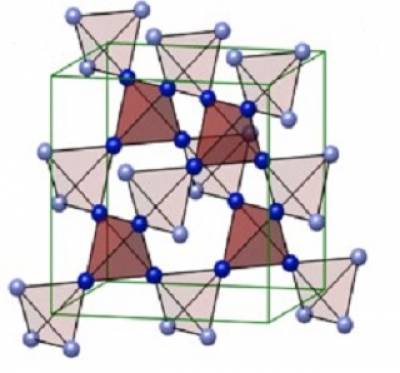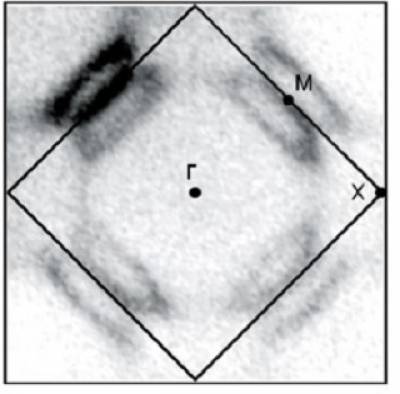Exploring spintronic, superconducting and multiferroic materials
Our group pursues basic physics research on topical, functional materials. Our approach is to develop novel synthesis techniques for large, pristine single crystals followed by an extensive measurement portfolio with an international network of collaborators.
Quantum Magnetism | Multiferroic Materials | Substrate Development | Conductors & Magnets |
The Challenges
The underlying problem that we wish to solve is the correlated electron problem. Traditional electronic devices are based on semiconductors materials. These materials have tunable but low conductivities giving rise to large resistances and temperature dependent properties. Although we have achieved much with semiconductors, as Moores law begins to take its toll we will need a new paradigm of material properties to continue our technological development.
Further to this, there exists a huge class of unexploited materials with large electron densities. In these materials electronic charge, electronic spin and lattice symmetry couple strongly together to produce interesting new and bizarre behavior. The electrons are said to strongly correlated. Quantum mechanical theories of matter cannot be adequately solved for these systems, unlike semiconductor materials, and we need much basic research to properly model their properties.
Many topical and potentially functional materials are waiting to be utilized for novel electronic devices and our research will be crucial to unpin the next generation of devices.
Our research focuses
Our group works at the interface between chemistry and physics to develop new crystal growth techniques to produce pristine single crystals for scientific measurements. We then collaborate with measurement and theoretical scientists at UCL, ISIS and Diamond to undertake magnetic, electronic and structural measurements to elucidate their behavior.
Single crystal science is crucial for fundamental research; many exotic properties are anisotropic with crystal structure so only single crystals, and not powders, will suffice for basic science research. The beneficiaries of our work are mostly academics and engineers for whom our basic science underpins their designs for novel electronic devices.
 Close
Close



